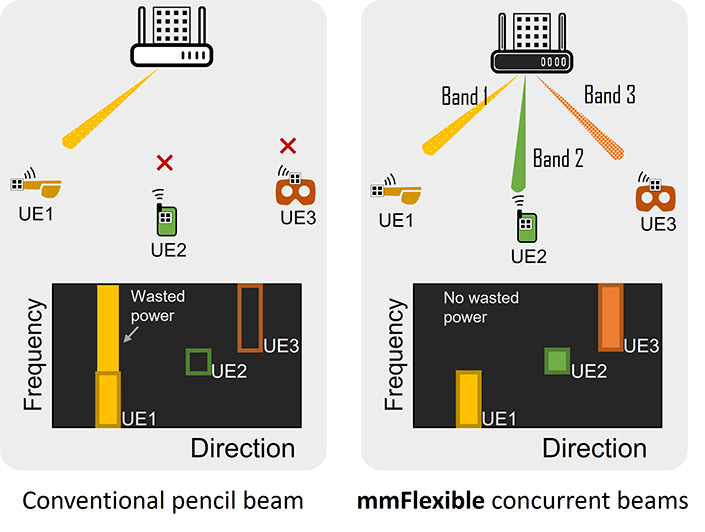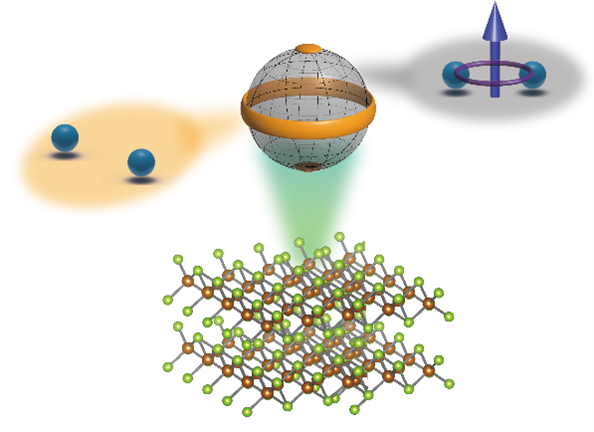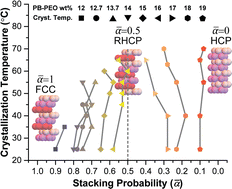2023-05-17 カリフォルニア大学サンディエゴ校(UCSD)
◆この新しいアレイは既存の技術を使用して構築することができ、将来のデバイスに対応するために非常に多くのアンテナをスケーリングアップすることも可能です。実験では、mmFlexibleは遅延を60〜150%削減することが示されました。この研究は、5G mmWaveネットワークへのより広範なアクセスを実現するための革新的な技術を探求する動機となっています。
<関連情報>
- https://today.ucsd.edu/story/uc-san-diego-researchers-present-new-wireless-system-for-greater-5g-access
- https://wcsng.ucsd.edu/files/mmflexible.pdf
mmFlexible: マルチユーザーmmWaveネットワークのためのフレキシブルな指向性周波数多重化 mmFlexible: Flexible Directional Frequency Multiplexing for Multi-user mmWave Networks
Ish Kumar Jain, Rohith Reddy Vennam, Raghav Subbaraman, Dinesh Bharadia

Abstract
Modern mmWave systems have limited scalability due to inflexibility in performing frequency multiplexing. All the frequency components in the signal are beamformed to one direction via pencil beams and cannot be streamed to other user directions. We present a new flexible mmWave system called mmFlexible that enables flexible directional frequency multiplexing, where different frequency components of the mmWave signal are beamformed in multiple arbitrary directions with the same pencil beam. Our system makes two key contributions: (1) We propose a novel mmWave front-end architecture called a delay-phased array that uses a variable delay and variable phase element to create the desired frequency-direction response. (2) We propose a novel algorithm called FSDA (Frequency-space to delay-antenna) to estimate delay and phase values for the real-time operation of the delay-phased array. Through evaluations with mmWave channel traces, we show that mmFlexible provides a 60-150% reduction in worst-case latency compared to baselines1 . Index Terms—mmWave, beamforming, delay-phased array, frequency multiplexing, OFDMA, scheduling



